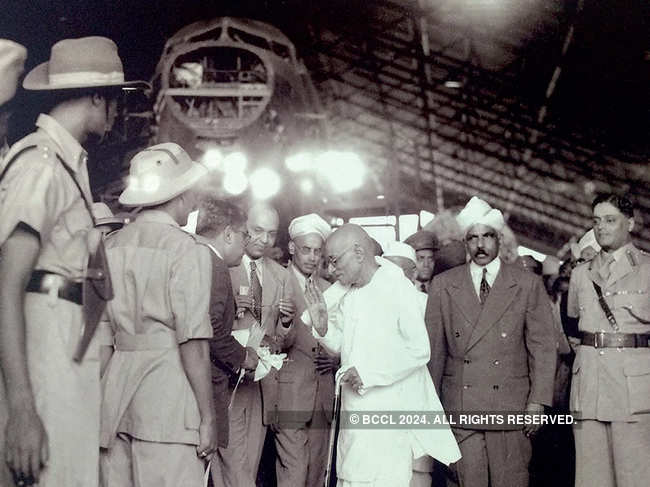
Hindustan Aeronautics (HAL) has been in the eye of a storm lately. The defence public sector unit (PSU) is caught in a political crossfire over the Rafale deal while the apparent attempts to reopen the now-defunct HAL airport have not taken off. HAL’s waning prospects are perhaps salvaged only by the legacy of the 78-year-old organisation, which was responsible for putting Bengaluru — and India — on the global aerospace map.
On December 23, 1940, HAL was incorporated as Hindustan Aircraft Limited by industrialist Walchand Hirachand, who set out with an authorised capital of Rs 4 crore to manufacture aircraft in India.
William D Pawley of the Intercontinental Aircraft Corporation obtained machine tools and equipment from the United States. Mysuru maharaja Krishnaraja Wadiyar IV and his successor Jayachamaraja Wadiyar offered 700 acres of land free of cost while supplying water and electricity at a concessional rate.
According to former employee GS Jamadagni who has written a report about the PSU after the recent controversy, HAL believed in ‘Make In India’ even before the term became popular. “HAL started with an attractive order book position to deliver 30 Harlow Trainers, 48 Hawk Fighters and 74 Vultee Attack Bombers to be delivered in two years,” he said in the report.
At the HAL Aerospace Museum, supervisor Sunil Kumar explains how the HT-2 Trainer was the first aircraft to be designed indigenously under the leadership of Dr VM Ghatge. Gradually, four other aircraft were developed — Pushpak, Krishak, Marut and Kiran. “Sixteen of the initial aircraft are displayed here. The museum receives about three lakh visitors annually,” Kumar said.
In October 1962, Hindustan Aircraft Limited was amalgamated with Aeronautics India Limited (AIL) that was wholly owned by the government to manufacture the MiG-21 aircraft under licence. The company was renamed as HAL.
By the 1980s, HAL had a roster of multi-million-dollar contracts from firms including Airbus, Boeing and Honeywell. A separate aerospace division was established in 1988 to focus on the requirements of the Indian Space Research Organisation.
Over the next three decades, it started slipping on its schedules and production detail. The HAL airport was receiving 83 lakh passengers in 2007, way beyond its 36-lakh passenger capacity. In 2008, commercial airline operations were shifted to Devanahalli.
The PSU is currently manufacturing Light Combat Aircraft, Su-30MKI fighter jets and other helicopter production projects, apart from organising Aero India 2019 in February. There are, apparently, not many new orders for licenceproducing fighter aircraft. According to former HAL employee Commander Nirmal Munipella, the workforce needs some moraleboosting. “After Rafale, many employees feel that HAL has been undermined and marginalised.”














 Get Unlimited Access to The Economic Times
Get Unlimited Access to The Economic Times
